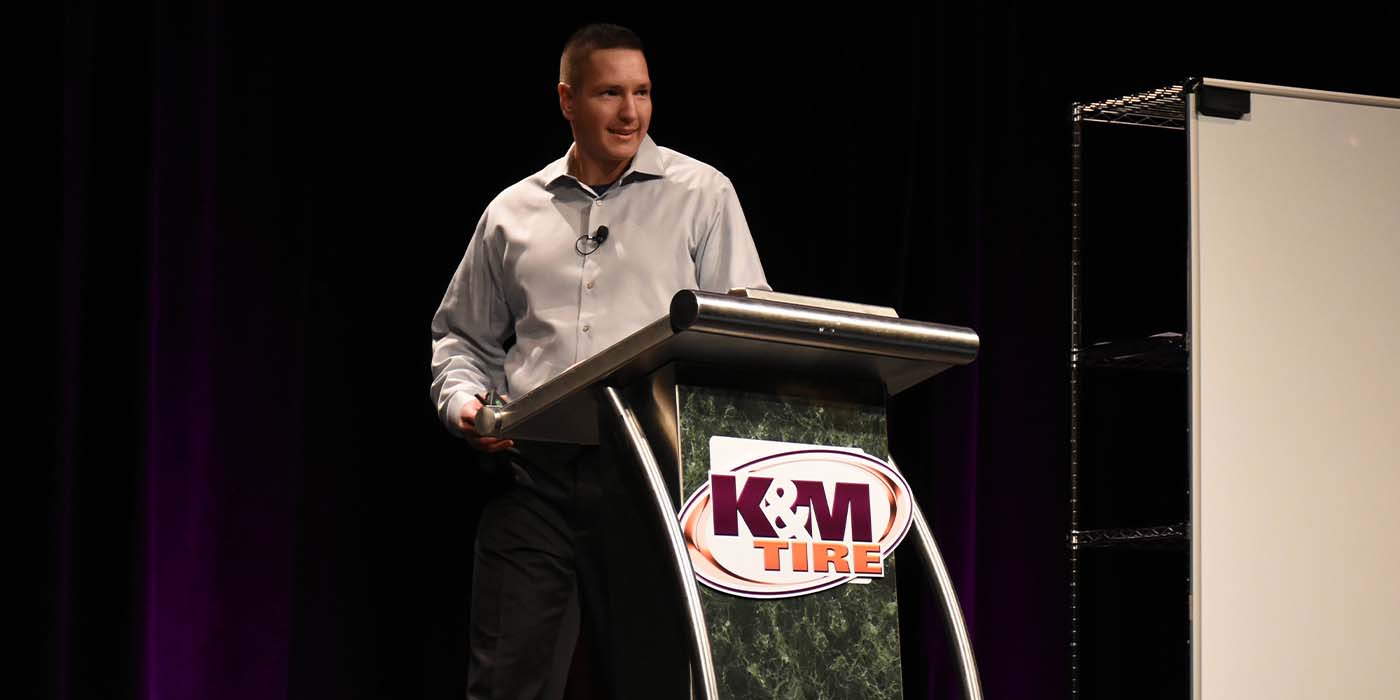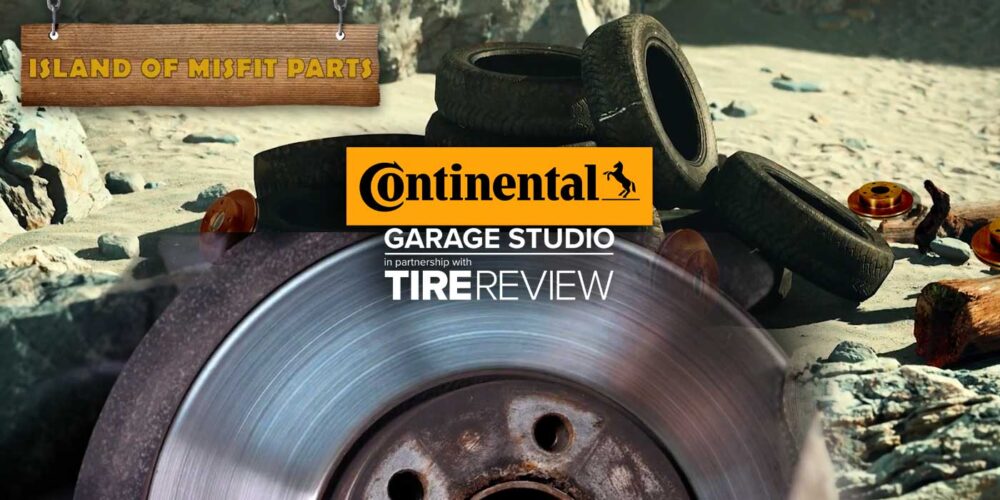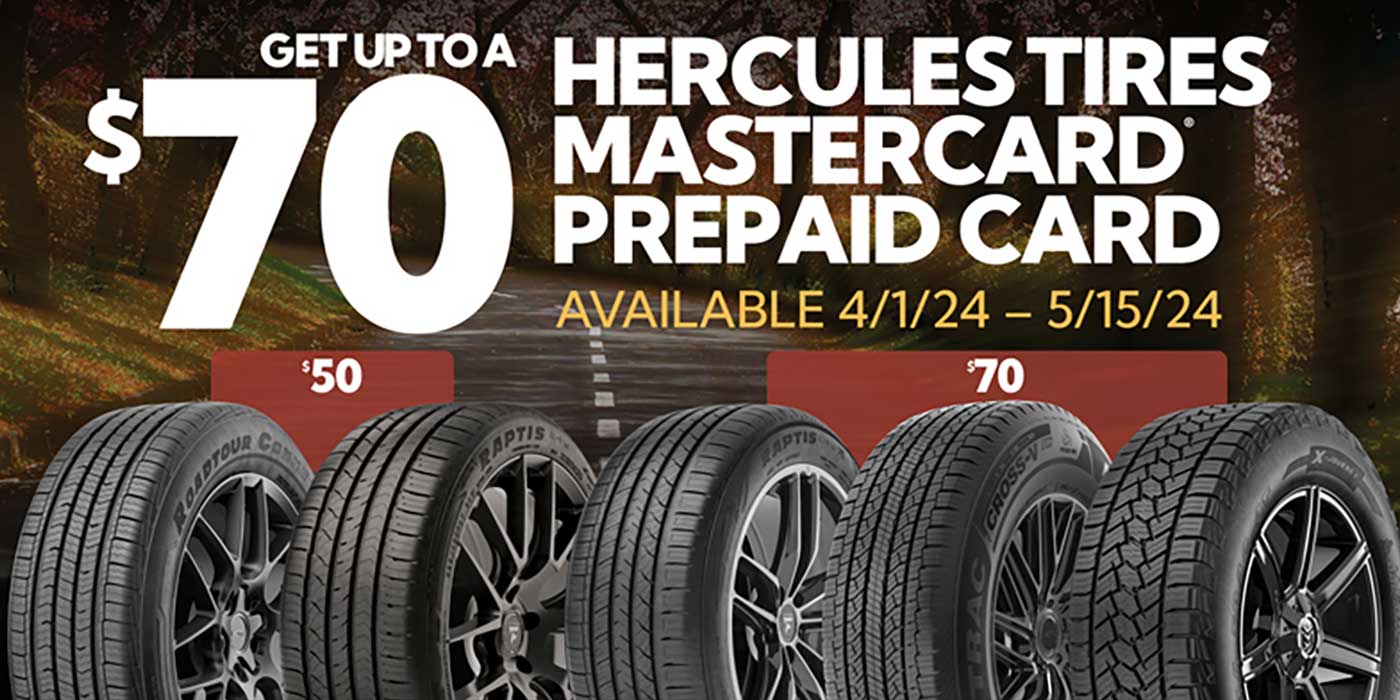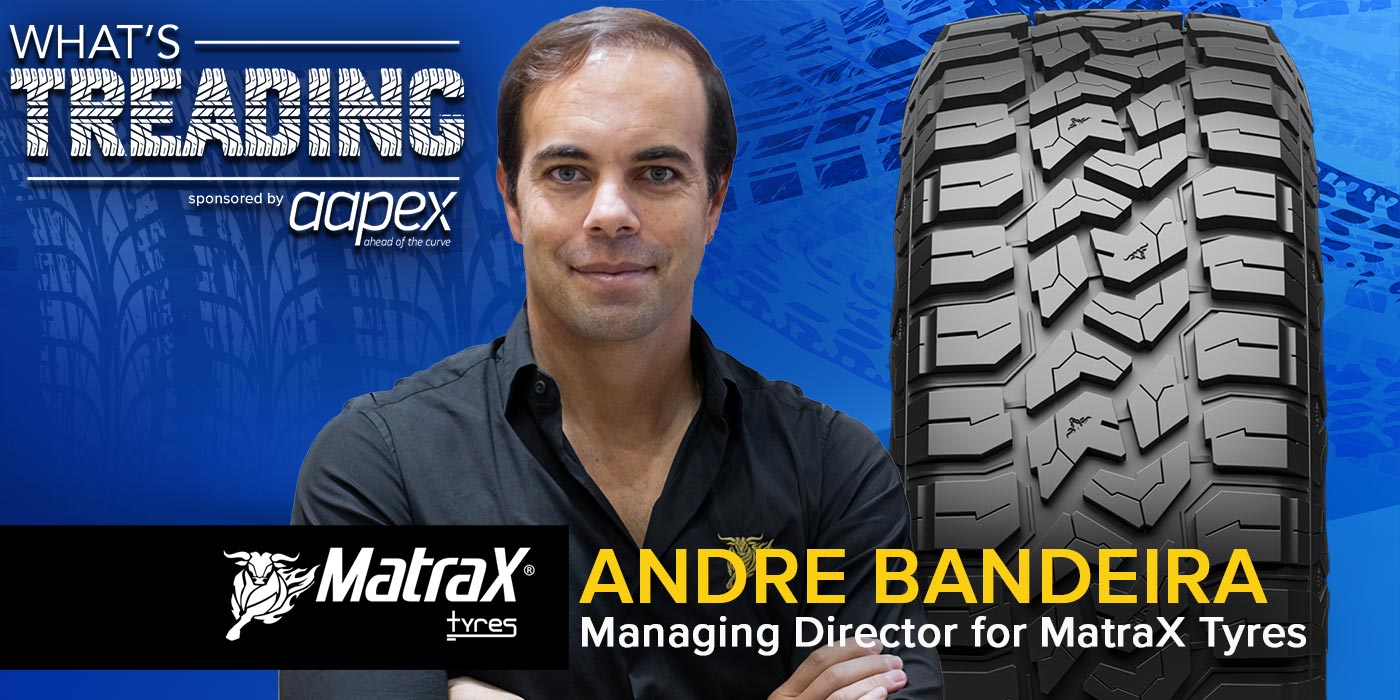In honor of Earth Day 2009, here are a couple of items:
What Color Are Retreads?
(Courtesy of TRIB) Retreaded tires are one of the most environmentally friendly of all recycled products, containing one of the highest post consumer contents since the actual tire is being recycled.
Every time a tire is retreaded there is one less tire to go to our already overcrowded landfills.
The oil savings with retreads is also very significant since tires are basically petrochemical products. It takes approximately 22 gallons of oil to manufacture one average size truck tire. Since most of that oil is found in the tire casing, which is re-used in the retreading process, only about 7 gallons of oil are needed to retread that same tire.
A fleet using as few as 100 tires a year can help save 1,500 gallons of oil annually. Thanks to the retread industry in North America, hundreds of millions of gallons of scarce oil are saved every year, which helps to reduce our dependence on imported oil.
The federal government is a strong proponent of retreaded tires and there is even a Federal Executive Order (13149) mandating the use of retreads on certain federal fleet vehicles.
With the “green” movement becoming more popular the Tire Retread & Repair Information Bureau (TRIB) hopes to see more companies put their money where their mouth is and – if they are not already using retreads on their vehicles – begin retreading their tires on a regular basis.
The safety, performance and handling of quality retreaded tires has been proven beyond doubt, which is why thousands of major fleets, including the U.S. Postal Service, Fed Ex, UPS, already routinely use retreads. But there are still too many fleets not committed to the use of retreads, and the hope is that they will reconsider their positions and begin doing their part to help conserve our scarce natural resources. In today’s economy where every penny counts more than ever, cities, counties and other public sector fleets owe it to their taxpayers and the environment to take a hard look at retreading if they are not already retreading their tires.
“Every major truck tire manufacturer’s tires are designed for multiple lives, and to not take advantage of that fact and not retread an expensive tire after the original tread is worn is simply silly and wasteful,” according to Harvey Brodsky, TRIB’s Managing Director. “It’s really ridiculous when one considers that the tire has one or more useful lives left,” he added.
For more information about the environmental and economic benefits of retreading and tire repairing, contact the Tire Retread & Repair Information Bureau toll free from anywhere in North America at 888-473-8732 or by email to: [email protected]. We have an excellent new CD and DVD we will be happy to send with our compliments.
On another green subject of interest to tire dealers, the state of Washington has set a bill that will eliminate lead wheel weights by 2011.
The state legislature passed the bill and sent it on to the governor for her signature.
The new law says that anyone using lead wheel weights after Jan. 1, 2011 faces a fine of up to $500 for the first offense, and $1,000 for each offense thereafter.
Hey, we have been talking about this issue for more than seven years, and there are plenty of viable, cost efficient options out there now. Frankly, there is no excuse for ALL tire retailers to switch off lead immediately.
If you have comments to share, send to me at [email protected].
– Jim Smith














